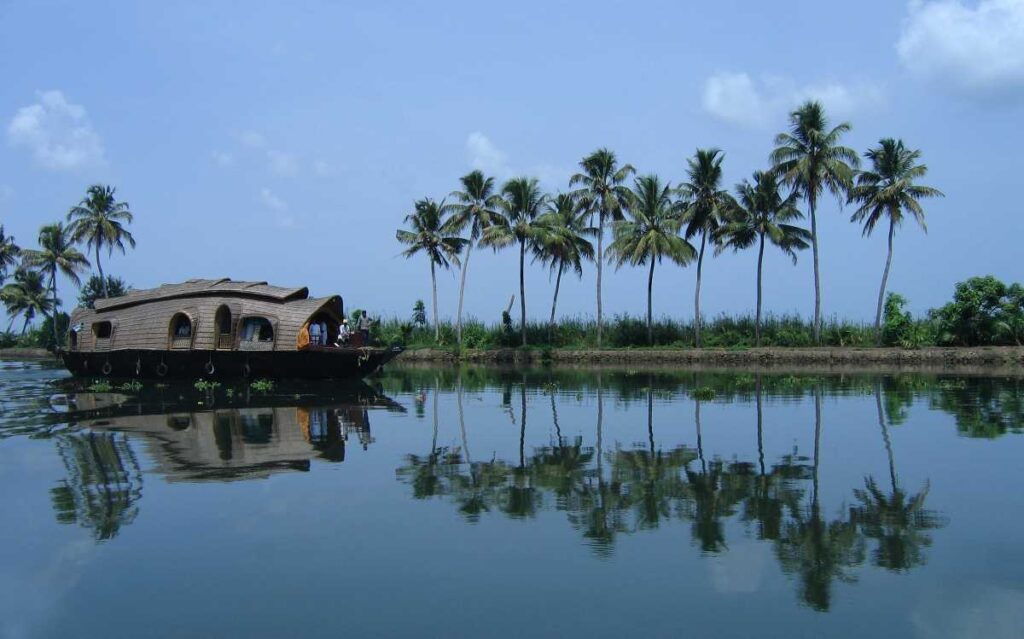Longest Lake in India
-by Abhrajita Mondal
–Reading Time – 6 min Approx
–Edited by – Srishti Bhattacharyya
If you love nature, you must have been curious about the longest lake in India at least once. If not, your school curriculum must have forced you to do so. Under all circumstances, some geographical knowledge does not harm. If you love to travel, you might just land up at the lake one fine day.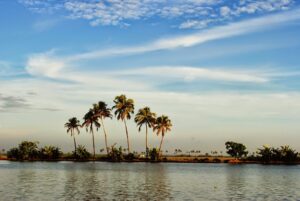
Speaking of the longest lake in India, it is the Vembanad Lake in Kerala. The lake is 96.5 km long and covers an area of 2033 sq. km. It is also the second Ramsar site in India.
The longest lake is known by different names in different areas that it passes through. The people of Kottayam refer to it as Vembanadu. The people of Alappuzha call it Punnamada Lake and the Kochi people call it Kochi Lake. Additionally, you will find several islands strewn across the Kochi Lake portion. This large body of water is indeed quite popular.
More about the Longest Lake in India:
If you know about Vembanad, you should also know about its surroundings.
Have you heard about the ‘Rice Bowl of Kerala’? It is none other than Kuttanad. It is one of the few regions in the world where cultivation occurs below sea level and is located on the south of Vembanad. Moreover, the Popular Nehru Trophy Boat-Race takes place in this part of the world. Over 1.6 million people live on the banks of this lake. These people are directly or indirectly dependent on the lake for their livelihood.
All the activities in Vembanad Lake are in the backwaters. You will find numerous ‘Ketuvallams’, or houseboats afloat. The Kumarakom Bird Sanctuary is also located on the east coast of the lake. The lake is a major tourist attraction. Tourists visiting Kerala will definitely spend at least a night in the houseboats.
Apart from being important for the tourism sector, it is ecologically important as well. It is home to around 20,000 waterfowls. There are at least 16 million people who are dependent on Vembanad Lake. The growing tourism seems to be affecting the ecology as the migratory birds are getting affected. Vembanad is also the largest lake in Kerala.
Lakes in India:
India is a land of diverse topographical features. Lakes are just one part of it. There are about 60 or more lakes in India. Twenty amongst them are the most important. There are manmade lakes, natural lakes, saltwater lakes, oxbow lakes, crater lakes, and freshwater lakes. Continue reading to learn more about the other important lakes in India.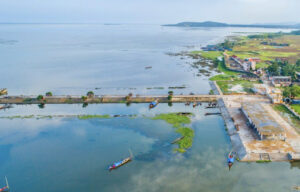
- Lake Chilka is a lake in Odisha that is worth exploring. It is an important wintering area for migratory birds. It is on top of the brackish water lakes in India. Moreover, the lake has another astonishing factor attached to it. It is the second-largest brackish water lake. It comes after the New Caledonian Barrier reef. It is also an eco-tourism. Tourists from India and across the globe visit Chilka.
- You must have heard about the fascinating Lake Loktak. It lies in the state capital of Manipur. It is the largest freshwater lake in India. The lake is popular for its floating swamps. It gives the lake a picturesque look. It is a part of the Keibul Lamjao National, in Imphal, the only floating national park in India.
- The Pangong Tso Lake in Ladakh is one of the most popular high-altitude saline lakes in India. It has an area of 700 sq. km. The LOC or Line of Control passes through it. About a third of the lake is in India while the remaining part is in Tibet. It freezes in winters and is a great place for skating.
- Wular Lake is in Bandipora in Jammu and Kashmir. The lake is a result of tectonic activities in the region. At an altitude of 1,580m, a variety of wildlife can be found here. The lake is a source of livelihood for the local fishermen.
- If you have been to Rajasthan, you might have come across the Sambhar Salt Lake. It is a saltwater lake and is almost 80 km from Jaipur. The lake surrounds Sambhar town. It is an important spot for salt production in Rajasthan. Numerous migratory birds are found there. If you are lucky enough, you can get to see flamingos and pelicans.
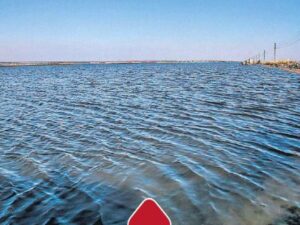
- Anybody who has been to Kashmir must have been to the Dal Lake or ‘the Lake of Flowers’. It adds to the beauty of the Kashmir Valley. The lake has numerous houseboats for tourists. Most of the tourists stay in the houseboats to enjoy the scenic beauty of the surrounding hills. Nishant Bagh and Shalimar Bagh surround the lake, thus lending the lake its picturesque quotient.
- Pushkar Lake in Ajmer is one of the most revered lakes. It is a pious site for Hindus. Most devotees can be seen taking a dip in the lake during Kartik Poornima. It is believed to cleanse the body of all sins. If you go through the scriptures of the Mahabharat and Ramayana, you will find its mention there. The holy town of Pushkar lies by the banks of the lake.
The Smallest Lake in India:
Pookode Lake is the smallest lake in India. It is in the Wayanad district of Kerala. The lake is a natural freshwater one and is surrounded by evergreen forests. It is also renowned as the highest altitude freshwater lake in India. It is on an elevation of 770 m above sea level. A fascinating and overwhelming fact about the lake is that it looks like a map of India from above. One specific cyprinid fish inhabits the lake which is not found anywhere in India. The lake is covered by blue lotus and lilies. Moreover, the place is home to many animals, birds, and fish. You can also enjoy boating in Pookode Lake. Now that you know about the smallest, you should also know about the largest freshwater lake in India.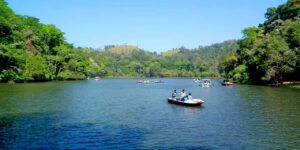
The largest freshwater lake in India is none other than Wular Lake. It is also one of the largest freshwater lakes in the Asian region.
Are you now eager to know about the largest artificial lake in India? Gobind Ballabh Pant Sagar, located in Sone Bhadra district, in UP is the largest man-made lake in India. The Dhebar Lake is the second-largest.
The Longest Lake in World Decoded:
The title winner is none other than Lake Tanganyika. It is also a freshwater lake that passes across four countries – Tanzania, Congo, Burundi, and Zambia. It also serves as the largest freshwater reservoir in Africa. More than 2,000 species of animals reside in the lake. They are endemic to the region and are not found anywhere else.
The lake is home to the most ferocious Nile crocodiles. There are Zambian terrapins, cobras of various types, and many varieties of fish. Apart from such varied reptiles, you will be able to see more than 80 species of non-cichlid fish. More than 60 percent of these fishes are endemic. The lake serves as a fishing ground for several villages and towns that it passes through across the countries. Almost 100,000 people are directly dependent on the lake for food and livelihood. It is a site of commercial fishing.
Lakes are quite important for human beings. They are a valuable part of the water cycle. Most of the water people needed in their daily lives come from the lakes. The water evaporates and comes back to earth in the form of rain. It is essential for agriculture. All the water cannot be directed to the fields where crops are grown. So, the water cycle is important for human beings. The lakes help to regulate the flow of water. Additionally, they help to generate hydel power. Moreover, lakes are means of recreation and tourism.
-by Abhrajita Mondal
Dear Reader, Hope you liked the post. If you think our initiative “The Creative Post” is worth supporting, then please support us by paying the amount you think we are worthy of. We believe, the value of content should be decided by the consumer. Hence we request you to evaluate our worth and pay accordingly by Clicking Here.


